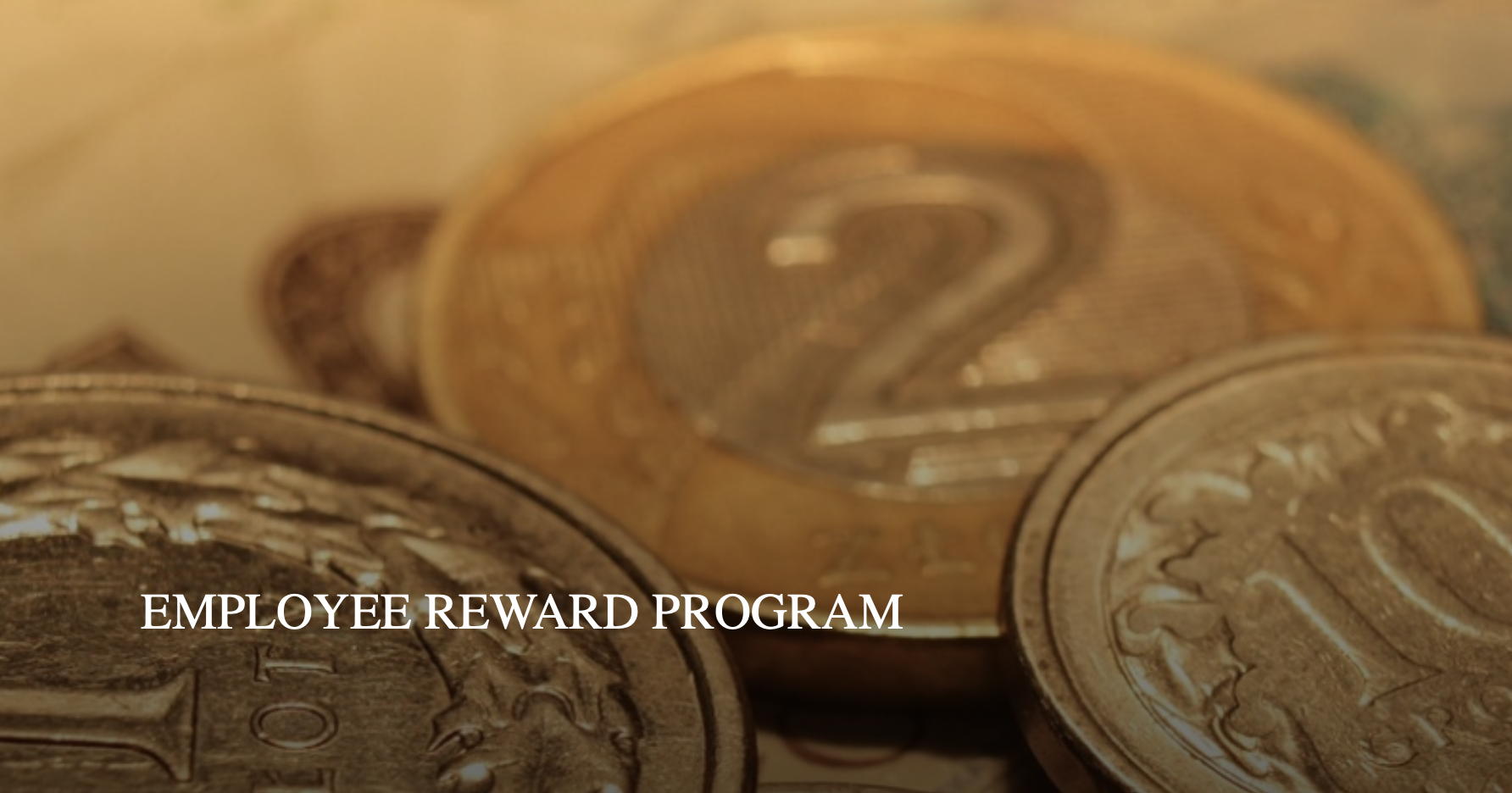Summary. Employee incentive plans can help increase employee motivation and further the organization as a whole. These programs often include incentives such as spot bonuses, merit-based raises, and performance bonuses, as well as referral programs and profit sharing.
Employee incentive programs are great ways to motivate workers and recognize their efforts.
If you’re looking to implement one of these plans, keep reading: We’ll talk about what incentive plans are, what they do for your company, and how to create one. We’ll also give you some examples of both monetary and non-monetary incentives you can offer.
Key Takeaways:
-
Common incentive plans include performance-based cash bonuses and raise, as well as tuition reimbursement and profit sharing.
-
Benefits are not the same thing as incentives – benefits are standard, and incentives are optional perks.
-
Having an incentive plan can boost employee productivity, retention, and engagement.
What Is an Incentive Plan?
An employee incentive plan is a compensation strategy that is based on employees meeting certain goals during a certain period or going above and beyond in their work. This plan is used in addition to employees’ regular paychecks and benefits as a motivation tool.
Here are some examples of common incentives companies offer:
-
Performance-based cash bonuses
-
Profit sharing
-
Referral programs
-
Tuition reimbursement
-
Peer-awarded recognition and monetary rewards
-
Merit-based raises
Incentives Versus Benefits
While they sound similar, incentives and benefits are two different things. Incentives are optional perks offered to employees as a reward for good work or meeting goals, while benefits are given to all employees no matter how they perform. Some examples of benefits include:
-
Paid time off (PTO)
-
Vacation days
-
Sick leave
-
Healthcare and other insurance coverage
-
Parental leave
-
Retirement plans such as a 401K
-
Disability leave
-
Unemployment compensation (severance)
Sometimes companies, employees, and recruiters will use the term “benefits” to refer to all of these benefits plus any other perks (including incentive programs), but really these are two different categories.
Why Should You Have Employee Incentive Plans?
Employee incentives help boost morale and strengthen teams, which, in turn, improves the company’s bottom line.
-
Improved employee morale. When employees know that their hard work is being recognized and rewarded, they’re encouraged to be more engaged and productive. After all, few people want to go above and beyond if they feel that no one will notice or care.
-
Stronger teams. Many incentives are fun and create a sense of camaraderie. Whether it’s a lighthearted competition to see who will win the prize for the most sales or giving employees the ability to reward each other for a job well done, well-designed employee incentive programs can do a lot to bring teams together.
-
Increased focus on common goals. Incentive programs can help keep your employees on track to reach organizational goals. When you give bonuses for certain achievements and behaviors, your employees are more likely to work harder in those areas, pushing the entire organization toward those goals.
-
Better employee retention rates. Employees who know they’re valued and their efforts are noticed are more likely to be engaged with the organization, which leads to lower turnover rates. This benefits the company’s long- and short-term bottom line.
Examples of Incentives for Employees
There are two main types of incentives for employees: monetary incentives and non-monetary incentives.
Monetary Incentive Program Examples
Merit-based raises. In addition to cost-of-living pay increases, companies that offer merit-based raises use performance reviews and other benchmarks to award employees additional pay increases.
If you choose to use this system, make sure you clearly outline how these raises are decided so that employees know what they need to do to achieve them.
Performance bonuses. Often awarded at the end of the year or at each quarter, these bonuses are used to recognize employees who met certain performance goals. These bonuses typically have specific criteria that employees have to meet in order to earn them, so managers need to clearly communicate these criteria to their teams.
Spot bonuses. When an employee accomplishes something significant or goes above and beyond to help someone else on a project, they can receive a spot bonus. Usually, spot bonuses are only a couple of hundred dollars, and some organizations give out gift cards or points to spend on an online gift shop instead of cash.
Companies often allow managers and even coworkers to award these small bonuses whenever and however they see fit. This allows employees to see the reward for their performance immediately.
Project bonuses. These bonuses can be used to motivate teams to finish a project by a certain deadline or to meet a performance goal. This helps create camaraderie and motivates teams to work together more effectively.
Profit sharing. With a profit-sharing incentive plan, employers award employees annual bonuses based on the company’s profits that year. This motivates employees to do all they can to help the company become more profitable during the year and shows them how their actions impact the organization as a whole.
Profit-sharing incentives are especially popular in startups and small businesses that may not have a lot of cash flow but want to reward their employees’ good work.
Referral programs. To encourage employees to recruit their friends and colleagues to work at the company, many companies offer referral bonus programs.
In these programs, if an employee refers someone for a job opening and that person is hired (and stays at the company for at least 30 days), the referring employee gets a cash bonus.
Referral programs help companies find top talent more easily, reducing both the cost of recruitment and the risk of making a bad hire.
Tuition reimbursement. To encourage employees to continue their education in their area of expertise, many companies offer tuition reimbursement programs. This could be partial reimbursement or an all-expenses-paid award, but either way, it benefits both employees and employers.
Non-Monetary Incentive Program Examples
In addition to cash-based incentives, many managers use non-monetary incentives to recognize employees’ day-to-day achievements.
Casual dress days. Reward your team for finishing a major project with a casual dress day, or offer casual Friday coupons to the employee who hits the highest sales goal for the week. This is a fun, motivating incentive that your employees will enjoy and that doesn’t cost you anything.
More vacation days. Some companies allow managers to give employees extra vacation days as a reward for excellent work. These can be permanent changes based on annual performance reviews or a casual “Take the day off tomorrow” as an award for going above and beyond on a project.
Food trucks or other services. To motivate your team to finish a project on time or to meet a goal, offer to bring in a food truck, massage therapist, or another service provider as a reward. This will give your employees a much-needed mental break as well as an incentive to work toward it.
Branded swag. Giving employees nice hats, water bottles, or backpacks that feature the company brand is a great way to reward a job well done. Just make sure any gear you give is high-quality, and use it as an extra reward, not a replacement for a cash bonus.
How to Create an Employee Incentive Plan
When it comes time to make an employee incentive plan, follow these steps:
-
Establish clear goals and benchmarks. Think through your company’s overall goals and your team’s goals, and decide what you want to incentivize.
For example, if one of your organization’s values is excellent customer service, make your employees’ average customer service ratings from clients part of their performance benchmarks.
-
Choose appropriate incentives. When it’s time to choose the incentives you’re going to offer, make sure you match the magnitude of the goal or benchmark with the value of the incentive.
In other words, don’t hand out water bottles to thank employees for saving you hundreds of thousands of dollars in process improvements if you can afford to give them significant cash bonuses instead.
You should also consider both your budget and your employees’ preferences when choosing incentives. This is important because offering incentives employees don’t want is no incentive at all.
To do this, conduct a survey asking what employees would want as an incentive. Offer both ends of the spectrum, from performance-based raises to gift cards and company swag. Just make sure all of the options you put are feasible so that you can actually listen to their feedback.
-
Create a tracking system. Once you’ve established your incentives, create a way to record and track employees’ progress. This includes universal rating scales on performance reviews and software that tracks sales or client reviews.
This is an important step because you need to be able to point to data to explain why one employee got a lesser bonus than another.
-
Communicate clearly. Explain your incentive plan to your employees so that they know exactly what they need to do to earn (or award) those incentives.
Put the policies in the employee handbook or somewhere else where they can easily access them, and give managers all the resources they need to know what they can and can’t award.
Employee Incentive Plans FAQ
-
What are employee incentives?
Employee incentives are rewards that motivate employees to work harder and perform better. These incentives are usually cash bonuses or raises, and they can be used to reward employees for meeting a performance goal, going above and beyond to help another employee, or even referring someone for an open position.
-
Does incentive mean salary?
No, incentive doesn’t mean salary. Salaries are given no matter how an employee performs or what they accomplish, while incentives are optional rewards given on top of that. Some incentives can turn into permanent salary raises, though.
-
What are four examples of incentives?
Four examples of incentives are:
-
Performance bonuses
-
Spot bonuses
-
Referral programs
-
Profit sharing
-
-
Is incentive pay taxable?
Yes, incentive pay is taxable. This money is considered supplemental wages, so it’s taxed. This is the case even if it’s paid in the form of gift cards or other awards.
References
-
SHRM – Designing and Managing Incentive Compensation Programs
-
The U.S. Department of Labor – Fact Sheet #56C: Bonuses Under the Fair Labor Standards Act (FLSA)
- Employee Programs
- What Does Employee Owned Mean
- What Is Employee Relations
- Generation Z Characteristics In The Workplace
- What Is An Employee Assistance Program
- Employee Stories And Employer Branding
- Reasons To Encourage Fitness Workplace
- How Workplace Group Activities Keep Business Thriving
- Employee Resource Groups
- How To Make Employee Incentive Programs
- Managing Work Stress
- How To Make A Professional Development Plan
- Employee Reward Programs
- Pros And Cons Of Unions





